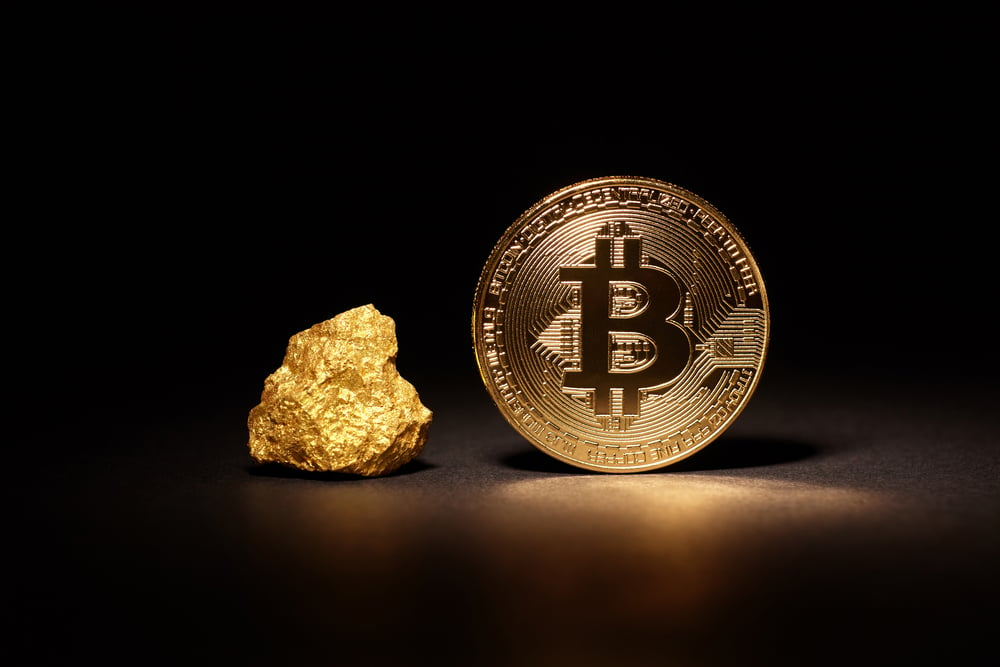Mining Gold Requires 20x the Energy of Bitcoin Mining

Gold has been a primary store of value for investors over decades. | Source: Shutterstock
According to LongHash , every year, more than $87.3 billion is spent on mining gold. In contrast, less than $4.3 billion is used to mine Bitcoin.

Essentially, gold mining requires 20 times more energy and cost in comparison to Bitcoin mining, despite the narrative that has been circulating since the surge in the price of Bitcoin in early 2017 that Bitcoin is hugely impacting the environment negatively.
Isn’t Gold Worth $7.8 trillion?
Currently, the cryptocurrency market is worth $200 billion, while the entire market cap of gold is estimated to be around $8 trillion. Given the huge discrepancy in the valuation between two markets, analysts could claim that the large cost of energy required to mine gold can be justified.
However, that assumes that the sole purpose of mining Bitcoin is to enlarge the supply of the dominant cryptocurrency to ensure there exists enough BTC in circulation to meet growing demand for the asset.
With Bitcoin and every other proof-of-work cryptocurrency in the market, mining is involved in the settlement of transactions. Which means, if mining cryptocurrency was to be compared with the process of mining gold, it would be more accurate to compare the cost of mining of Bitcoin and the combined cost required to mine gold and the transfer of gold.
Apart from London bullion market (LBMA), the largest wholesale over-the-counter market for the trading of gold and silver, and its clearing partners HSBC, ICBC Standard Bank, JPMorgan, Scotiabank and UBS, there exists many clearing houses and gold brokerages that oversee the transfer of the traditional store of value.
Hence, if the cost of energy utilized to mine gold and by clearing houses and agencies to transfer gold physically to overseas markets are combined, the comparison between the energy used by Bitcoin and the energy required by gold would lead to a massive difference.
The argument against the use of energy of Bitcoin also fails to consider the rapid adoption rate of renewable energy sources. In some regions like Chile and Southwest China, the supply of clean or renewable energy is so abundant that it is offered freely to households and corporations.
Evidently, most mining centers currently rely on non-renewable sources of energy to mine crypto, because they tend to be cheaper. But, the energy utilization problem analysts use against Bitcoin is not exclusive to the dominant cryptocurrency. The same argument can be applied against gold, silver, fiat, and any other form of money that is currently available.
Non-Issue
As John Lilic, member at Ethereum blockchain development studio ConsenSys, said, the unit cost of each transaction in crypto is higher than banks and legacy systems. But, as the industry moves towards energy optimization systems, the energy consumption of crypto will continue to become a non-issue, especially when it comes to Ethereum.
“The real question is whether the gross energy inefficiency costs in crypto is worth the benefits like custody over assets. My contention is Yes! It is worth it but only if our industry prioritizes & continues to work towards energy efficiency gains like Proof of Stake,” Lilic explained.
Featured image from Shutterstock.